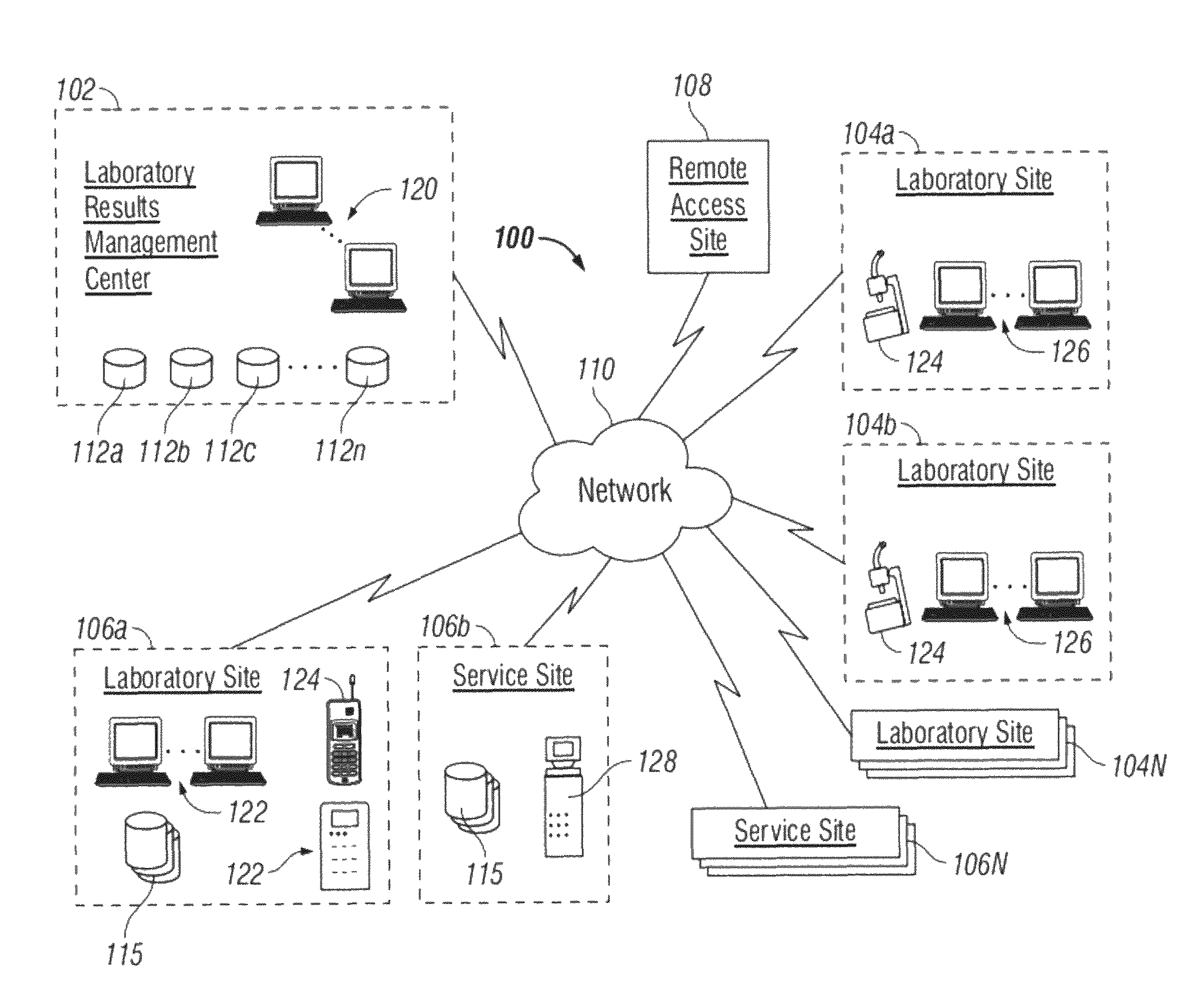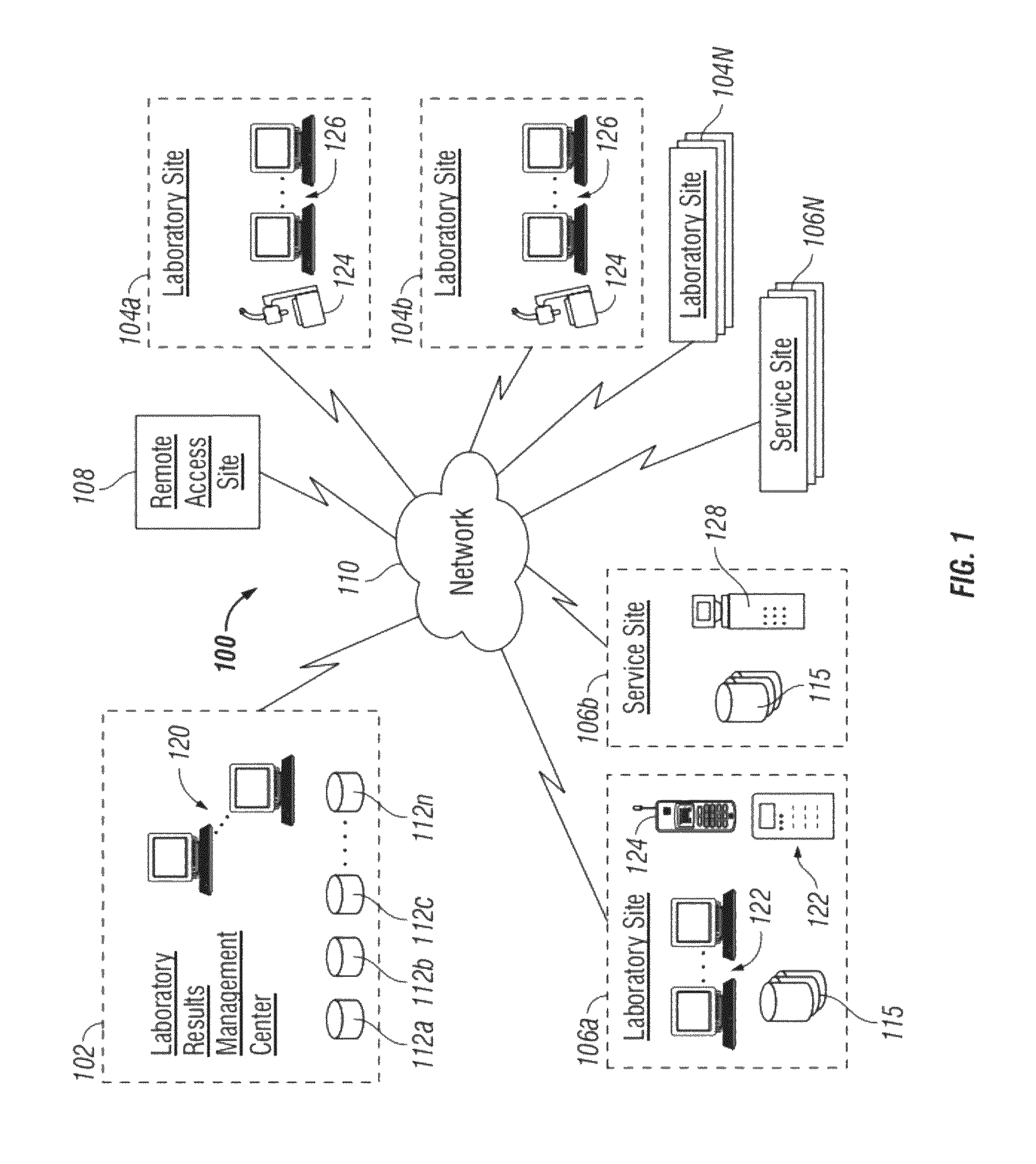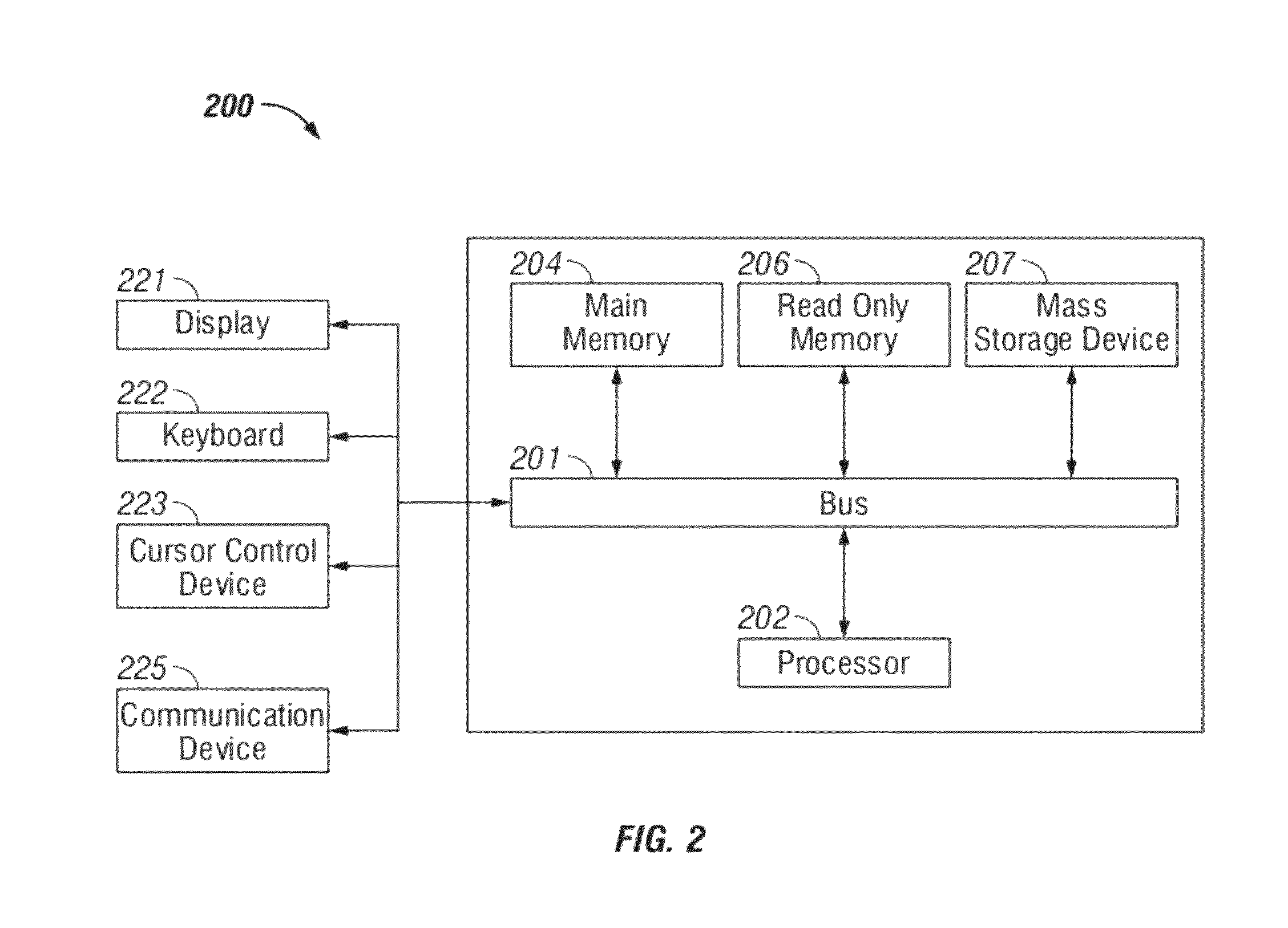Normalized decimal equivalent systems and methods
a decimal equivalent and normalized technology, applied in the field of normalized decimal equivalent systems and methods, can solve the problems of complicated computer storage of results using reference ranges, complicated interpretation of numerical laboratories, and complicated use of reference ranges, so as to reduce the need for printing, reduce the need for computer storage and retrieval, and report results intuitively
- Summary
- Abstract
- Description
- Claims
- Application Information
AI Technical Summary
Benefits of technology
Problems solved by technology
Method used
Image
Examples
Embodiment Construction
[0012]In accordance with various embodiments of the present invention, a unique results reporting system can normalize the reporting of numeric laboratory results with one or more of the following attributes: 1) reference ranges can be reflected in one or more result; 2) results that can be compared regardless of the underlying factors (e.g., instrument, age, sex, specimen etc.) affecting a result; 3) out-of-range results that can be intuitive, obviating the need for result flags; 4) concomitant storage of reference ranges and units may no longer be needed; and 5) a new results reporting system can be readily convertible to conventional reporting values and units so the system could be employed without the loss of valuable archived laboratory information.
[0013]Conversion of raw laboratory data to a decimal equivalent scale can have a significant number of advantages, including: 1) more intuitive reporting of results, thereby eliminating the need for physicians to memorize reference ...
PUM
 Login to View More
Login to View More Abstract
Description
Claims
Application Information
 Login to View More
Login to View More - R&D
- Intellectual Property
- Life Sciences
- Materials
- Tech Scout
- Unparalleled Data Quality
- Higher Quality Content
- 60% Fewer Hallucinations
Browse by: Latest US Patents, China's latest patents, Technical Efficacy Thesaurus, Application Domain, Technology Topic, Popular Technical Reports.
© 2025 PatSnap. All rights reserved.Legal|Privacy policy|Modern Slavery Act Transparency Statement|Sitemap|About US| Contact US: help@patsnap.com



